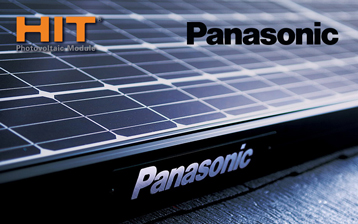All manufacturers of photovoltaic modules are required to submit their modules to the IEC 61215 and 61730 certifications in order to place them on the market.
These tests, although rigorous, may fail to highlight the long-term degradation that the modules can undergo when installed.
Solar Energy Center of the University of Florida
Given this, the Solar Energy Center of the University of Florida has studied a test protocol that originates from those imposed by the IEC but extends them so as to allow an analysis of what may be the degradation in the long term under severe installation conditions.
Microcracks in the cells are among the main problems that the modules suffer
One of the main problems that the modules undergo are the micro-cracks inside the cells that lead to degradation of performance, but causing in the most serious cases even high temperature differences inside a cell that can lead to safety problems which can start fires.
Specific tests on micro cracks
In Florida they went to search for the microcracks, formalizing an analysis protocol in 4 parts in sequence one to the other, searching and counting the microcracks after each single test as illustrated below:
- Pressure of 5400 Pascal for one hour (simulation of a thick layer of snow)
- 1000 Pascal pressure for 1000 times consecutively (simulation of strong gusts of wind)
- 50 high temperature cycles followed by 10 humidity and freezing cycles (simulation of strong climatic variations)
- 1000 Pascal pressure for 1000 times consecutively
Test on 4 different types of modules
The University of Florida wanted to test 4 different technologies of modules, to understand which is the technology that leads to fewer problems or that will resist better over time and are Panasonic’s HIT, Mono-PERC, Multi-PERC and Mono-PERT .
First and second test
The first test tries to create the first cracks that usually tend to close again once the external pressure is over, while one of the consequences of the second test could be the electrical insulation of some cells with consequent degradation of performance.
Third test
The third test that thermally stresses the module on the one hand can cause the cracks created in the first test to reopen, on the other it can form new ones.
Fourth test
Finally the fourth test, repetition of the second test, further stresses the panel definitively. Tests two and three are usually performed by module manufacturers, the significant novelty is the first test together with the last final test.
The results presented by Eric Schneller researcher of the Solar Energy Center of the University of Florida show how each module technology analyzed behaves differently in the single test and draws up a ranking based both on the number of cracks found at the end of the 4 tests but above all analyzing the performance degradation:
- HIT à no power degradation
- Mono-PERC à 2.5% approximately
- Mono-PERT à about 3.5%
- Multi-PERC à about 10%
Panasonic no power degradation
Panasonic is proud of the achievement of its patented HIT technology.
Which consists of monocrystalline cells coated with an ultra-thin amorphous silicon layer so as to combine the advantages of both technologies leading Panasonic to have high-efficiency modules long before other competitors and rival technologies were developed in this test.
In addition, Panasonic uses low-temperature connection soldering techniques, cells of smaller size, 5 inches, in its factories, as well as a robust frame optimized to withstand high stresses.
During the development phase, tests are carried out that are much higher than those imposed by the IEC even 3-5 times that have borne their fruits during these tests.






